List of Authors
>>About this blog
Recent blog post
|
[Silver]
December 10, 2018 09:00
What is 1:29:300? It was displayed on the panel I saw at the construction site of an apartment in Harumi.
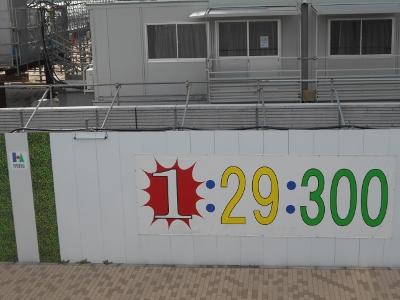
The law of 1:29:300 was called the law of Heinrich.
The law of 1:29:300 is one of the rules of thumb in occupational accidents, with 29 minor accidents behind one serious accident, with 300 abnormalities in the background. It is also known as Heinrich's law, derived from Herbert William Heinrich (1886-1962), who derived this law.
In November 1929, Heinrich, Deputy General Manager of the Technology and Research Department at a non-life insurance company in the United States, published an analysis of the probability of occurrence of occupational accidents as a paper. There were 29 minor disasters with a degree of frared injuries, and 300 "disaster-free incidents" behind them.
*I also remembered ISO activities that tried to prevent occupational accidents by analyzing the events that "misses and hat s" at production sites. I believe that if one minor event is overlooked, it will lead to many accidents and major accidents. The wind is getting stronger and the waves of the sea rise s" at production sites. I believe that if one minor event is overlooked, it will lead to many accidents and major accidents. The wind is getting stronger and the waves of the sea rise . I also remembered that this was a sign of a storm . I also remembered that this was a sign of a storm . .
In the distribution and service sectors of companies, this law seems to be used as a rate of failure in business.
For example, behind a single loss, there are claims received from 29 customers, failures revealed in complaints, and behind that, there are 300 cases that employees think "has gone" but miss because there are no external complaints, that is, potential failures recognized.
[Silver]
09:00 on December 9, 2018
We took a bus bound for Harumi Wharf and took a walk around the Olympic and Paralympic athlete village.
And I decided to have a meal at the Hotel Mariners Court restaurant.
The restaurant has a sushi restaurant Yoshigame on the first floor and a restaurant Marlena, and a seaside auberge "Le Havre" on the 12th floor.
We had a meal at the restaurant "Le Havre" with a good view. It's a restaurant named after a French port town, but you can also enjoy Japanese food. Lunch costs about 1,000 yen, and it's easy.
My lunch. Megochi tempura, sashimi, meat tofu, etc. are served.
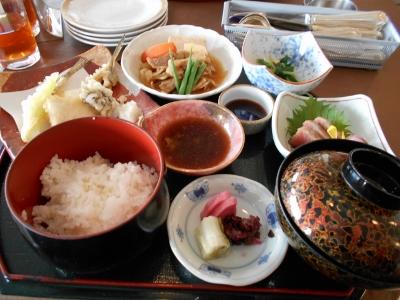
From the 12th floor, you can see the construction status of the Olympic and Paralympic athlete village. I can't wait for it to be completed.
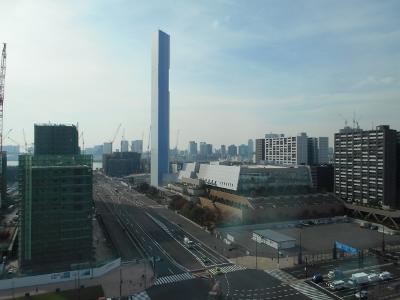
There is also a construction rush on the side of Toyosu Ohashi.
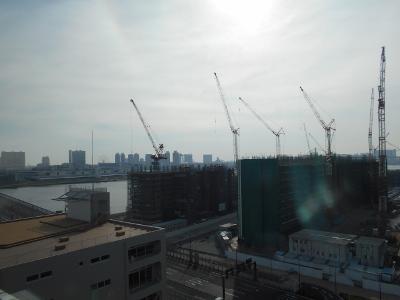
Please see here for access to the hotel and restaurants in the hotel.
http://www.hotel-mariners.co.jp/
[Sam]
December 7, 2018 18:00
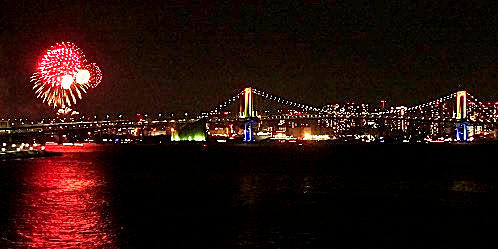 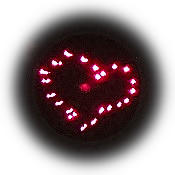 Every Saturday in December, the "Odaiba Rainbow Fireworks", which takes place for about 10 minutes from 19:00, has started this year. Every Saturday in December, the "Odaiba Rainbow Fireworks", which takes place for about 10 minutes from 19:00, has started this year.
Date: December 1.8.15.22.29
Winter is a season when the air is clear and the night view looks beautiful.
Against the backdrop of Rainbow Bridge, which is specially lit up in rainbow colors, about 1,800 fireworks launched off the coast of Odaiba Kaihinkoen's "Statue of Liberty" bloom dynamic flowers in the dignified winter night sky.
Despite a 10-minute condensed fireworks event, elaborate fireworks are launched one after another, and it is worth seeing.
On the 22nd, music fireworks linked to music will be held.
From Toyosu Ohashi, which has a good view of the downstream of the Harumi Canal, you can see the "Odaiba Rainbow Fireworks" that color the winter night sky with loud sound.
[Silver]
December 7, 2018 12:00
Looking at the sign called HARUMI FLAG, what is it? I thought it.
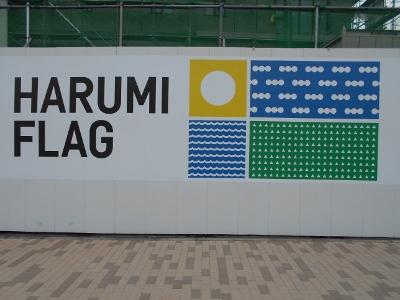
It is said that "Harumi" was named in the sense of a sunny place overlooking the beautiful sea. So, I thought this sign was a picture of that image. However, just in case, when I searched on the Internet, I found a URL called HARUMI FLAG (Harumi Athlete Village). It will be sold after being used as an athlete village at the 2020 Tokyo Olympics and Paralympics, and will be able to move in in 2023.
I saw a part of the official website. It's as follows.
The HARUMI FLAG consists of five blocks, consisting of 23 condominiums and rental housing units and 1 commercial facility, for a total of 24 buildings.
By establishing many open spaces and green spaces that are the center of the city, we will create exchanges and liveliness.
In the adjacent area, a “multi-mobility station” and a “hydrogen station” that supplies the next generation of energy will be set up as traffic nodes, redevelopment of “Harumi Wharf Park”, elementary and junior high schools, childcare facilities, and harbor public facilities such as the fire department are also linked.
[Silver]
December 6, 2018 18:00
Harumi Triton Square has streets and squares named for each theme, and the mythical square is decorated with large ceiling paintings.
On the floor of the mythical square, you can see an mermaid-like old man, decorated with marbles, blowing a horn. This is the sea god Triton. I hear they are blowing conch shells. And as this December outfit, a fine Christmas tree is displayed.

The ceiling is decorated with pictures of Greek mythology and is as the name of Triton Square.
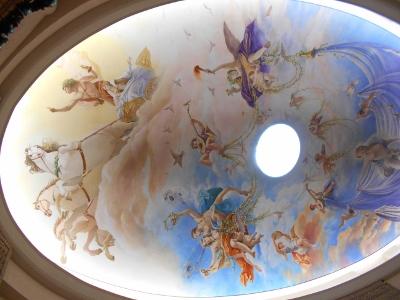
This picture was posted in 2001 when the "Italy Year in Japan" was held. The picture depicts the god of livestock and prophecy, Apollo, famous as the sun god, Artemis, the goddess of the moon, Eos of the dawn, Zeburos of the west wind, and Flora of the spring goddess of the spring (the goddess who rule the flowers). It invites you to travel to the world of mythology, the warm Mediterranean Sea, and the Aegean Sea.
Click here for access to Harumi Triton Square, restaurants, etc.
http://harumi-triton.jp/
[Hanes]
December 4, 2018 12:00
Hello. This is a new correspondent, Hanes. 
More than a month has passed since the reopening of the antenna shop IBARAKI sense in Ibaraki Prefecture, and Ibaraki sense.
Have you gone to a new shop yet?
On the day of the reopening, tape cuts were made by actress Miho Shiraishi and actor Gota Watanabe from Ibaraki Prefecture, and it became a hot topic!
I'm also from Ibaraki Prefecture, so I stopped by with my colleagues on the day of the opening.
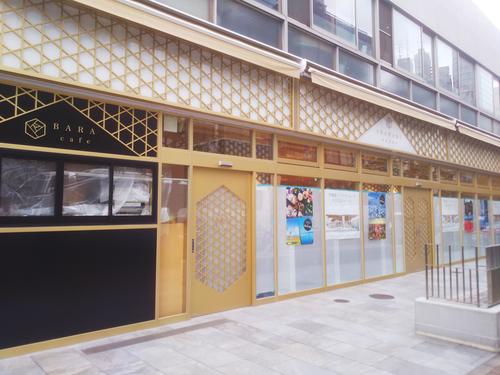
(State of stores under renovation)
It has been reborn as a fashionable space that has a sense of openness than before.
I hope that the impression of Ibaraki Prefecture will be better enough to recover at once in the attractiveness ranking.
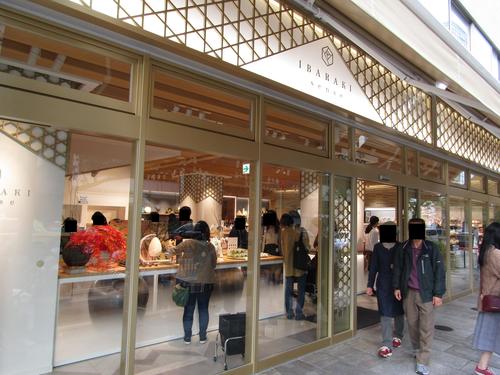
(The state of the store in early November)
Well, what did Hanes buy at an antenna shop in Ibaraki Prefecture?...
■Saza Coffee (Saza Coffee)
The answer is the Saza Coffee of BARA cafe attached to IBARAKI sense.
Some people may think, "Why is coffee?"
Actually, this is a slightly luxurious self-roasted coffee loved by citizens of the prefecture, which has a reputation for being delicious in the prefecture.

This coffee shop was founded in 1969 by the operating company of the movie theater "Katsuta Takarazuka Theater".
In 1997, we opened a directly managed farm in Colombia, South America.
In 2017, we won the first championship at the FNC Colombia Cauca District Fair.
It's also appreciated in coffee beans producing areas, so you can't miss the coffee street!
You can eat only a few kinds in this cafe, but you can enjoy it.
At the Saza Coffee store, there is a "Tokugawa Shogun Coffee" created in collaboration with Yoshitomo Tokugawa, the fourth generation of the Yoshinobu Tokugawa family.
This is where Yoshinobu hired a French chef during the negotiations on the opening of the port in 1867.
We investigated and reproduced the literature at the time of offering hospitality coffee to Western ministers.
It is a modern version of late Tokugawa shogunate's French-style coffee.
Not only coffee lovers, but also history lovers, don't you worry about the flavor?
In this way, Ibaraki Prefecture, which is closely related to Edo and Tokyo due to the connection of the Tokugawa family....
From here, we will introduce spots related to Ibaraki Prefecture in the city every time!
Edo period
■Samurai residence
Samurai residence in Ibaraki Prefecture (part of Hitachi and Shimousa) was relatively large in the ward.
Kamiyashiki: Hitachi Aso Domain Shinjo Sun Komori Naotake (3-chome, Nihonbashihama-cho)
Nakayashiki: Hitachi Kasama Domain Makino Bingo Mamoru Sadanao (around Meijiza)
Shimousa Furukawa Clan Doi Daikanto Toshinori (Nihonbashihakozakicho, around IBM Hakozaki Building)
■Kasama Inari Shrine Tokyo Betsusha
Kasama Inari Shrine Tokyo Betsusha, a company in Nihonbashi Seven Lucky Gods, Nihonbashi located in Nihonbashihamacho.
It was a shrine that was separated from Kasama Inari Shrine in Ibaraki Prefecture, one of Japan's three major Inari shrines in the middle of the Edo period.
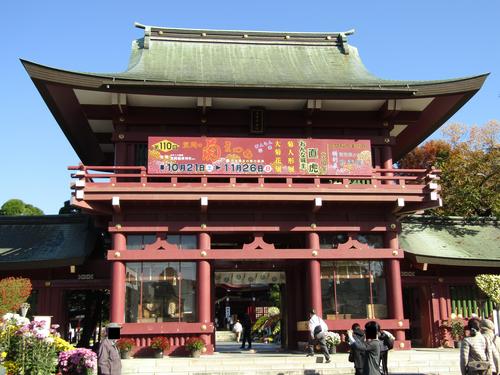
(Kasama Inari Shrine, the head office. Photographed in 2017.
The Chrysanthemum Festival is held every November and is full of many people.
It is relatively easy to access from Tokyo.
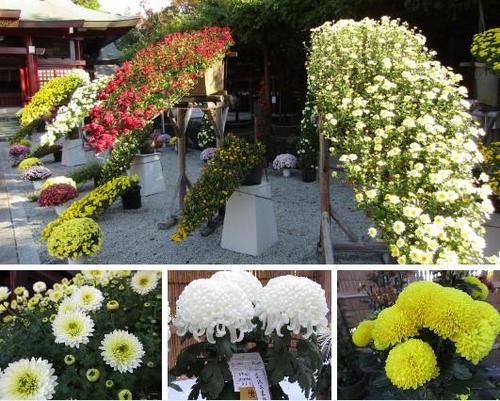
■Ishikawajima Museum
In 1853, when Perry arrived.
The Mito clan Nariaki Tokugawa founded the "Ishikawajima Shipyard" to enhance Japan's military power.
Here, the construction of Japan's first Western-style sailing warship "Xuri Maru" was started, and modern shipbuilding began.
Today, at this museum in Tsukuda, you can learn about the history and culture of Tsukuda Island and shipyards.
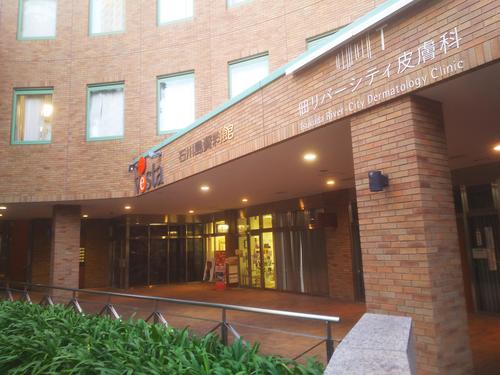
[Meiji period]
■Nihonbashi
Nihonbashi was built for the first time in 1603 and became the center of Japan the following year as the starting point of the Gokaido.
The stone double arch bridge we are currently crossing is completed in 1911.
The bronze sculpture of the kirin and lion, designed by architect Yorinaka Tsumaki, is impressive.
Surprisingly, this bridge also has an Ibaraki element!
More than 40,000 Inada stones cut out from Inada (Kasama City) in Ibaraki Prefecture are used for the pavement and arch.
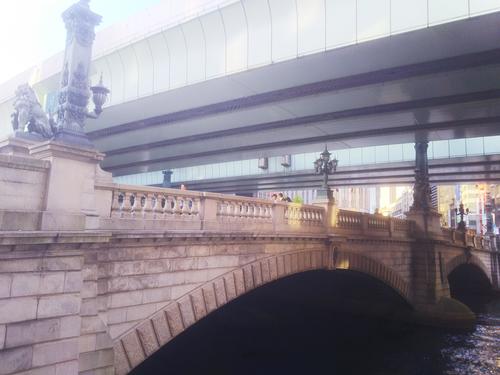
Inada stone, which is said to be the "white granite in Japan", is also used in the Supreme Court and Hibiya Dai-ichi Seimei Building, and has recently been used for cobblestones in the square inside the JR Tokyo Station Maru completed in December last year. It is attracting attention again.
It is also used as a wall of IBARAKI sense.
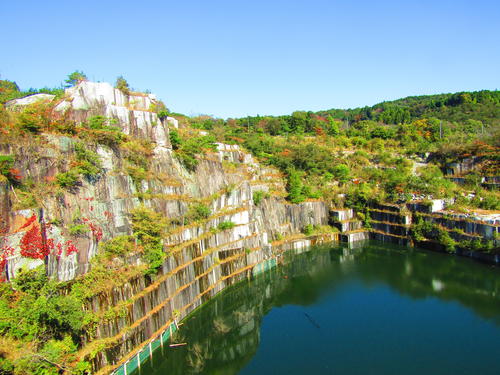
(One of the Inada stone quarrys in Kasama City. Photographed in 2017. It looks great  on Instagram. on Instagram.
◼️ Pharmaceutical ancestor patron
Do you know this shrine right next to the forest of Fukutoku?
As you can imagine from the name of the shrine, it enshrines the pharmaceutical ancestor patron Nikami, and is said to have the benefit of disease-free health and illness healing.
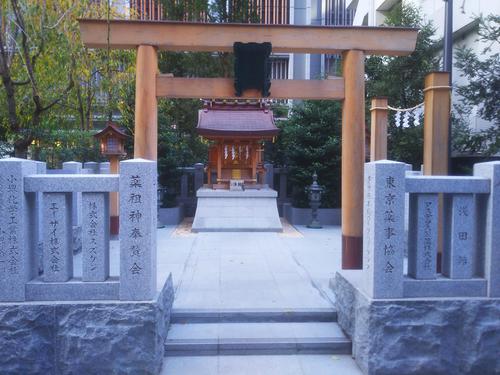
At first glance, it doesn't seem to have anything to do with Ibaraki Prefecture, but in fact, in the medicine industry in Nihonbashi Honmachi, it seems that it has nothing to do with Ibaraki Prefecture.
It is said that he has visited the Oarai Isomae Shrine and the Sakatsurai Sosaki Shrine in Ibaraki Prefecture, whose Nikami is the enshrined deity, and has shown a sense of reverence.
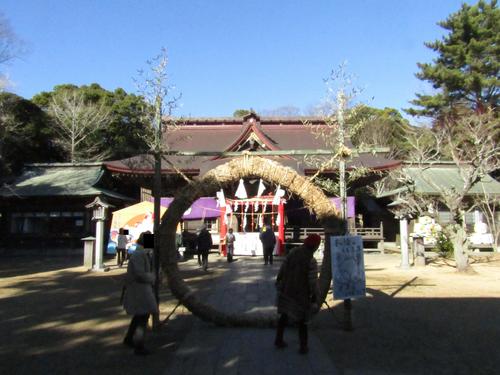
(Oarai Isosaki-jinja Shrine is located at the end of the long stairs. Photographed in 2017.
There is a torii gate of Kamiiso in the sea nearby.
This was also introduced on a poster affixed to the glass during the IBARAKI sense renewal work.
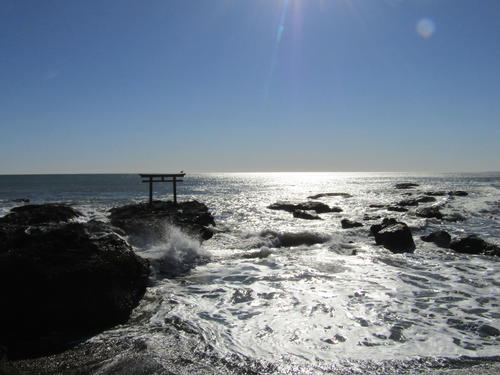
(Shooted in 2017.)
So far, I've introduced some of the Ibaraki elements found in Chuo-ku since the Edo period, how was it?
As typified by Nihonbashi, some people may first know that there is an Ibaraki element in a surprisingly familiar and familiar place.
There are many charms of Ibaraki Prefecture just because it is not known yet!
While walking around the city in Chuo-ku, be sure to find a shining spot of IBARAKI sense.
■IBARAKI sense
Address: Konya Building 1F, 1-2-1 Ginza, Chuo-ku, Tokyo
Business hours Shop Café 10:30-20:00
Restaurant 11:00-23:00 (21:00 on Sundays and holidays)
Official Website: https://ibaraki-sense.com/
※This article has been approved by the manager of IBARAKI sense.
[References]
Ministry of Land, Infrastructure, Transport and Tourism Kanto Regional Development Bureau Tokyo National Land Office “Nihonbashi decorations” http://www.ktr.mlit.go.jp/toukoku/panf/nihonbashi100/pdf/rekishi-03-04.pdf
Kota Kodama (supervised) "Restore / Edo Information Map" (Asahi Shimbun, 1994).
|
Links
|
![]() s" at production sites. I believe that if one minor event is overlooked, it will lead to many accidents and major accidents. The wind is getting stronger and the waves of the sea rise
s" at production sites. I believe that if one minor event is overlooked, it will lead to many accidents and major accidents. The wind is getting stronger and the waves of the sea rise![]() . I also remembered that this was a sign of a storm
. I also remembered that this was a sign of a storm![]() .
.




 Every Saturday in December, the "Odaiba Rainbow Fireworks", which takes place for about 10 minutes from 19:00, has started this year.
Every Saturday in December, the "Odaiba Rainbow Fireworks", which takes place for about 10 minutes from 19:00, has started this year.














